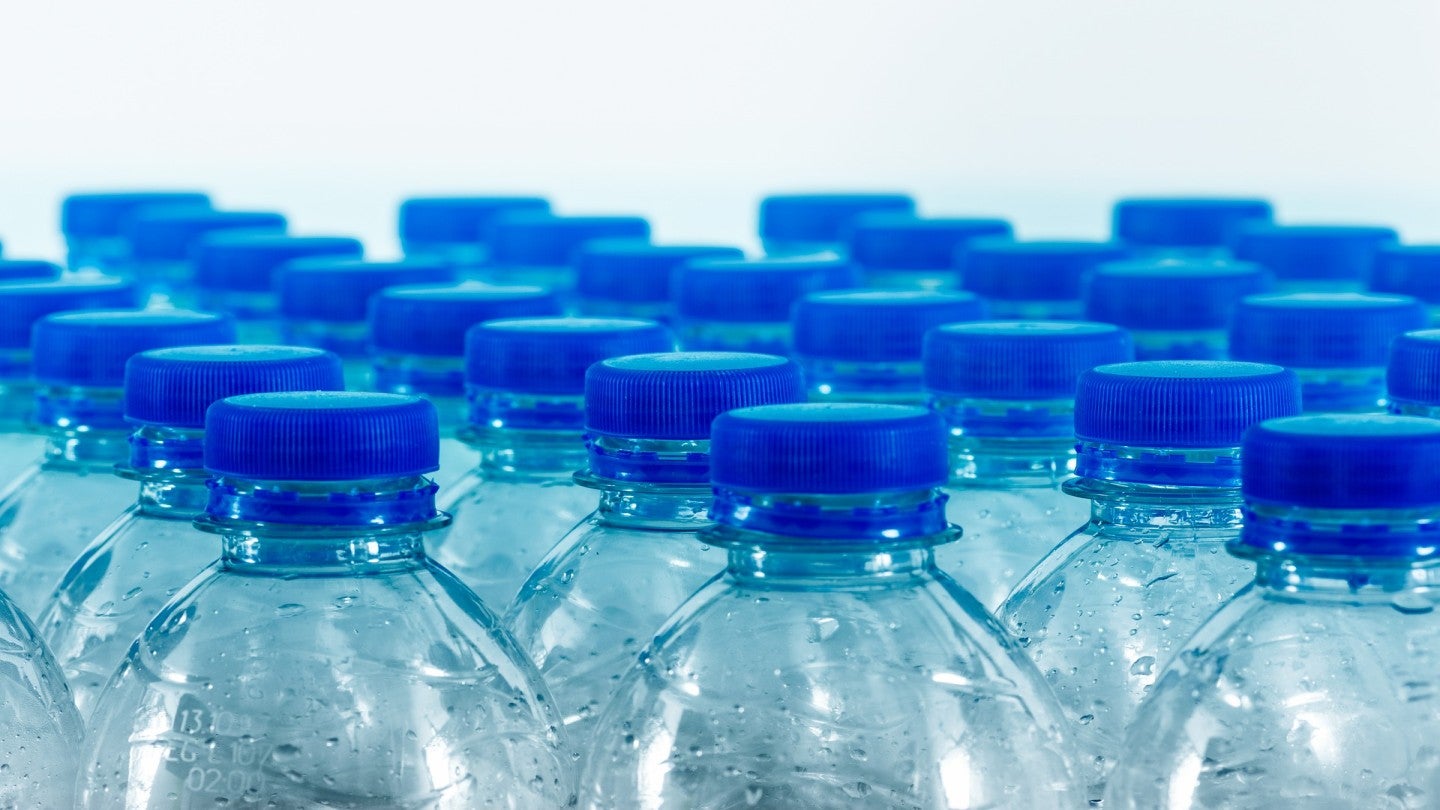
Australia-based science agency the Commonwealth Scientific and Industrial Research Organisation (CSIRO) has released a new report claiming that plastics could be a threat to food safety and security.
Led by the CSIRO, the new study, titled ‘the measurement of food safety and security risks associated with micro- and nanoplastic pollution’, has shown that micro and nanoplastics (MNP) can be ‘pervasive’ in food supply.
The study found that such plastics may have an adverse impact on the security and safety of food on a global scale.
CSIRO analytical chemist and food safety specialist Dr Jordi Nelis, who is also the research paper’s lead author, said that plastics can enter the human food chain via several different paths, ingestion being one such example.
However, one of the main pathways found was through food packaging and processing itself.
Nelis said: “Fresh food for example can be plastic-free when it’s picked or caught but contain plastics by the time it’s been handled, packaged and makes its way to us.
How well do you really know your competitors?
Access the most comprehensive Company Profiles on the market, powered by GlobalData. Save hours of research. Gain competitive edge.

Thank you!
Your download email will arrive shortly
Not ready to buy yet? Download a free sample
We are confident about the unique quality of our Company Profiles. However, we want you to make the most beneficial decision for your business, so we offer a free sample that you can download by submitting the below form
By GlobalData“Machinery, cutting boards, plastic wrapping can all deposit MNP onto our food that we then consume.
“This study highlights the need to understand what plastic could end up in food to manage food safety and security.”
The CSIRO said that this report, which builds on past studies that tracked the consequences of plastics inside fish, is one of the first to analyse academic literature on microplastics from the viewpoint of food safety and risks.
The findings have shown that plastics and their additives can be found at different concentrations in many food products beyond fish, including takeaway food and drinks, fresh produce, rice, water, and meats such as chicken.
The agency said that definitive studies are yet to be conducted to demonstrate whether MNP in the environment can harm humans or not and that more research is needed to understand its long-term health effects.
Nelis added: “The key missing information is determining safe levels of microplastics. We currently do not know exactly what the microplastic flux through the food system is or which levels can be considered safe.
“On average Australians discard 100kg of plastic waste each year, so use fewer plastics especially in the kitchen and wash your clothes a little less often, on shorter cycles.”



